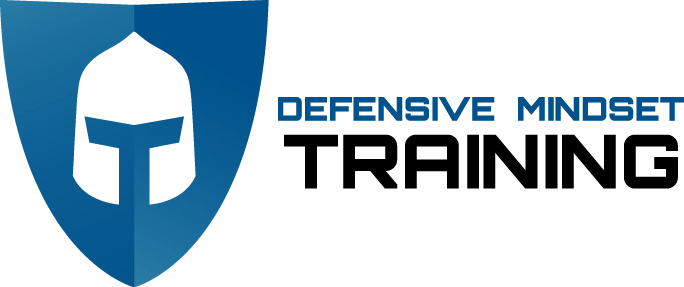It's a common scenario: A person decides to buy themselves a defensive firearm.
They might have done a little shooting when they were young, or maybe some hunting or trap shooting, so they're pretty sure they know exactly what they need for a defensive carry firearm.
They pick some teeny-tiny "Noisy Cricket" a la Men in Black, and when they get to the range, the gun kicks like a mule and is no fun to shoot. So they decide it’s not worth the unpleasantness of training, and proceed to carry a defensive firearm they can’t use effectively, and don’t even like.
I've seen this more times than I can count. So as a Public Service Announcement, here are some guidelines to share with new defensive shooters to help them be successful right off the bat.
1. Get training.
Hunting with a shotgun is NOT the same thing as running a handgun at the defense of your life. Period.
For one thing, long guns (shotguns and rifles) are simply easier to use than handguns, and more accurate.
And in a defensive situation you need to do more than simply shoot. Consider draws, retention, immediate actions, deterrence, low light, and combatives to hold off a close contact threat while you draw the handgun. With your adrenaline pumping. None of these skills happen by magic, they require detailed lessons and consistent practice.
By getting solid training first, borrowing a firearm to start out if needed, you will learn exactly what type of handgun would be most appropriate for your situation and skill level. And you'll have the comfort level necessary to take that new firearm to the range and practice your skills accordingly.
2. Decide how you will be carrying your handgun, and find a carry system that will work for both carrying and training.
Having a good holster can make all the difference in whether you carry your defensive handgun or leave it at home. If you're constantly having to fidget with the holster or the placement of the handgun, you'll be uncomfortable carrying, plus you'll be letting everyone know that you've got a firearm on you. Both are bad.
I generally suggest Inside the Waistband holsters. I have been using a Crossbreed for strong side carry for years. It's solid, comfortable, and stays in place for draws or holstering. One DMT student carries in an off-body bag, like a Push-Pack from 5.11, since the athletic outfits he wears as a personal trainer aren’t conducive to a belt and holster. He puts a Crossbreed holster into the Push-Pack pouch to secure the handgun in the bag. Another DMT Advanced shooter uses appendix holsters from Tier 1 Concealment, a very solid and reputable system.
Not all holsters are created equal. A less effective set up would be a Gun Sock. These floppy sticky holsters are super cheap, and have no retention or structure to effectively snatch the handgun in your draw. Worse still, once you've drawn the firearm, the whole holster has to come out of your waistband to put the firearm back in, making them a serious pain if you're trying to train and impractical if you find yourself in a serious physical fight.
No matter what kind of holster setup you choose, you need to be able to consistently train with it so you’re prepared if you need to draw in a real-life encounter. If your holster doesn't make training convenient, look for a better one.
3. Finally, keep practicing.
At DMT we teach that defensive response is all about developing neural pathways in response to stimulus. The pathways you've laid down can and will be kicked off by incoming violent threat stimulus. And the structure of the defensive technique, things like draws or immediate actions, will not work in real life unless they've been programmed and stimulated in training and scenarios that are as close to real world conditions as possible.
If you can train with Defensive Mindset Training in Minnesota, we’ll help you make huge strides on all aspects of training. In fact, this Sunday, April 14 we’re hosting a seminar called Beyond the Permit that will help you with all this and more, if you have your Permit to Carry but aren’t confident you can truly defend yourself.
If you can’t make it in person, you can practice with a firearm simulator (a SIRT), using drills posted to the Digital Training Academy. SIRTs allow you to get in hundreds of reps without having to fire a single round, saving you time (no need to drive to the range everyday) and money (less spent on ammunition). Practicing with a SIRT is critical to becoming truly proficient with concealed carry, so I highly recommend it.
Get your SIRT at Nextleveltraining.com and use the promo code: sealed for a special discount.

